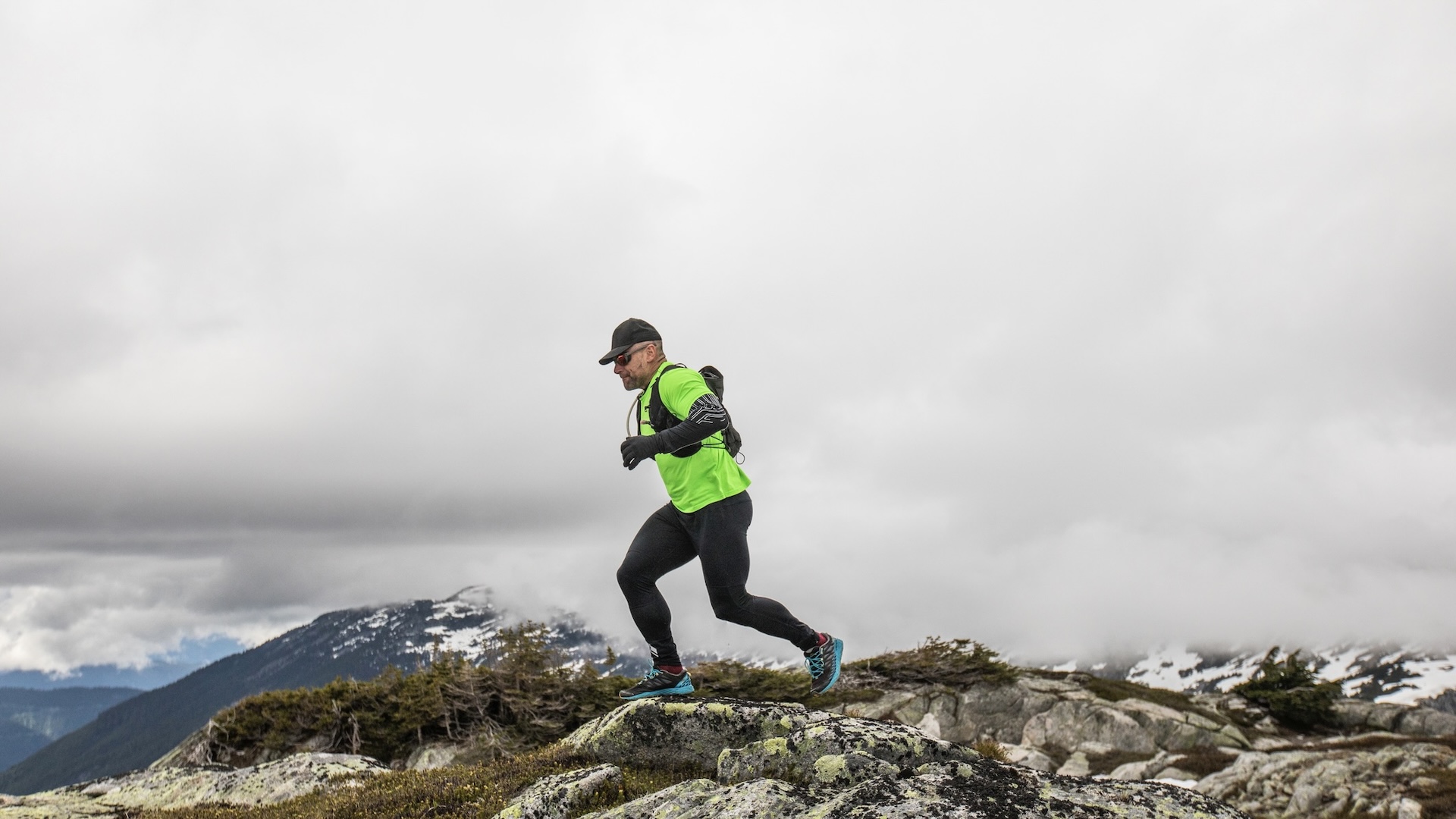
There was a day when going on a long run meant chucking a Snickers bar in your pocket and hoping for water along the way. Those days are over.
Fueling for an ultra marathon has become as instrumental as training itself, with athletes spending months figuring out the perfect formula of running gels, sports drinks and salt tablets to keep them from the dreaded DNF. That approach is precisely what David Roche credits with his record-breaking win at the Leadville 100 over the weekend.
The Boulder runner took to Instagram to share the gory details of how he ran the brutal race in 15:26:34, shaving 16 minutes off Matt Carpenter's 2005 time in his first-ever 100-mile race on the high-altitude Colorado course.
The science of training might have come a long way in the last 19 years, but there's no getting around the fact that Carpenter makes a formidable opponent – he had one of the highest VO2 max readings ever recorded when he tested at the Olympic Training Center in 1990. So for starters, Roche realized he had to pick up the pace.
"My plan was to run every step of the course, as close to aerobic threshold as I could, going into Zone 3 when I had to on climbs," writes Roche.

As we explain in our article on heart rate zones, Zone 3 is sometimes called "race pace", and is considered moderate intensity, but it's not usually a zone you'd try to sustain for 100 miles. In order to do that, Roche knew he needed carbs. A lot of them.
"I’d have to slurp carbs like my life depended on it, since my glycogen burn rate would be high."
According to Roche, he consumed 500+ calories per hour for the entire 15.5 hours, which entailed between 120 and 140 grams of carbs.
To manage that, everything he consumed was in gel or sports drink form, eschewing even plain water. Here was his plan for every 2.5 hours of the race:
- Hour 1: Science in Sport Beta Fuel gel (40g carbs), another Beta Fuel, Precision Fuel and Hydration 100 mg caffeine gel (30g carbs)
- 30 min break from gels
- Hour 2: Beta Fuel, Beta Fuel, Precision gel without caffeine
That breaks down to about seven gels every 2.5 hours, which is nearly three per hour, totalling over 40 gels for the entire race.
"I may not have GOAT talent, but perhaps I’m a GOAT at slurping," says Roche.
If you're wondering how Roche's digestive system coped with all that sugar, the short answer is that it turns out victory really is sweet.
"The post-100 gel burps are real. Forget pinching, the hottest way to evaluate whether you’re dreaming is belching. History comes with an aftertaste."




!["[T]he First and Fifth Amendments Require ICE to Provide Information About the Whereabouts of a Detained Person"](https://images.inkl.com/s3/publisher/cover/212/reason-cover.png?w=600)


